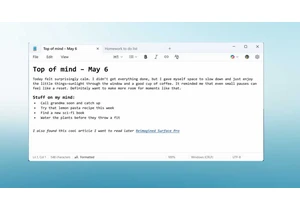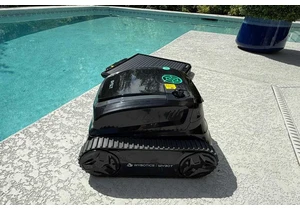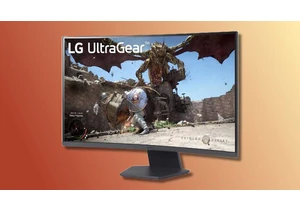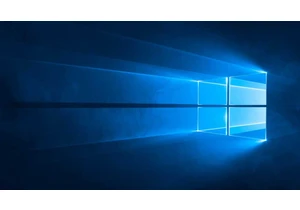Graphics card pricing sucks, and if you’re looking for any kind of mid-range or high-end card, it doesn’t resemble those “MSRP” prices announced on stage in any way. You probably know that already if you’ve shopped for one this year, but an exhaustive statistical analysis proves it.
The Gamers Nexus team, which is no stranger to deep dives on PC hardware, decided to take a good, long look at the current graphics card market. The data they collected in a 20-minute video shows that high-end cards, particularly the RTX 5090 and 5080, and the RX 9070 XT, are consistently sold at 45 to 55 percent above the suggested retail price of the base model — the prices that Nvidia and AMD list.
Even allegedly mid-range cards like the RTX 5070 and 5070 Ti, and the RX 9070 get boosted by 20-27 percent. And that’s assuming that you can find these cards at all, as stock tends to disappear immediately.
Nvidia’s RTX 5090, the most powerful card available to consumers at the moment, is a prime example in the Gamers Nexus data. With an average price of just over $3,000 from listings of available for-sale cards accumulated across Amazon, Newegg, and Best Buy, it’s selling at 53 percent over its “base” price of $2,000. The RTX 5080 has an even worse markup, selling for an average of $1,570, a 57 percent markup. Even Intel’s Arc B580, which is intended to be a more affordable option, is selling at over 50 percent more than its $250 MSRP.
The reasons are many, but depressingly familiar. Low stock levels are constant across the industry as PC gamers scramble to try to find an upgrade, to say nothing of scalpers gobbling them up to try and squeeze more money out of people.
Add-in board partners and retailers are also trying to make as much as they can out of the situation, with only a tiny percentage of GPUs actually made and sold at the “base price,” flooded out by an order of magnitude more cards made with nigh-useless “upgrades” to drive up the prices.
And that’s before you account for Nvidia and AMD’s possible prioritization of corporate and startup partners during the “AI” boom, mirroring the shortages of the cryptocurrency mining race from a few years ago.
It is a lot easier to find a few cards, particularly the budget ones… which nobody seems to want. That’s especially true of cards that offer 8GB and 16GB variants, because no one wants 8GB cards when much more powerful ones are available for (allegedly) just $50-100 more.
Based on what little data has been made publicly available, 16GB versions of the RTX 5060 Ti and the RX 9060 XT are outselling their 8GB variants by more than ten to one. The RTX 5060 is the most easily available card in Gamers Nexus’ survey… which makes sense, because it reviewed very poorly, when it got reviewed at all (Nvidia didn’t offer it to the media).
The whole video is well worth a watch. But if you don’t have the time and you need a takeaway…it’s just a bad time to be a PC gamer in need of a new graphics card. And it doesn’t look like it’s going to get better any time soon.
Inicia sesión para agregar comentarios
Otros mensajes en este grupo.

OLED monitors have been the hot ticket for PC gamers for over a year

Microsoft’s support for Windows 10 will expire on October 14th, 2025,

A new version of Notepad for Windows 11 was released with support for


We love finding fantastic monitors at low prices because building a p

By now, you should know that Microsoft has been trying hard to move y
